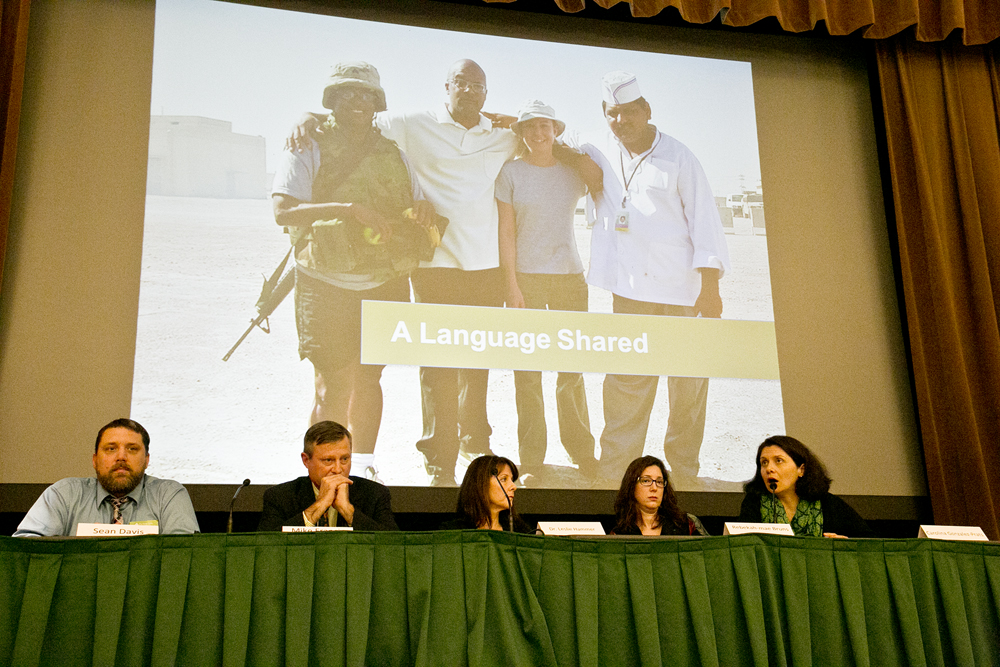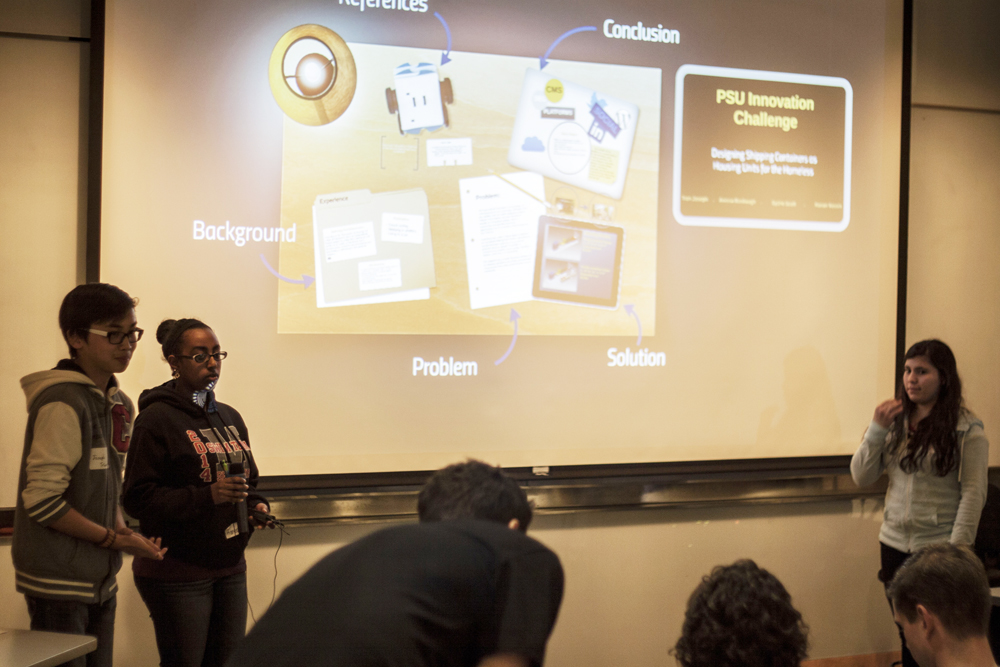The College Access Grant Program (CACGP) has allocated $607,000 in federal grant money to 12 Oregon education programs.
Organizations promoting higher ed. receive $607,000 in grants
The College Access Grant Program (CACGP) has allocated $607,000 in federal grant money to 12 Oregon education programs. The goal of the grant money—which was part of a $1.5 million fund given to Oregon by the U.S. Department of Education in August—is to increase the number of K–12 students being prepared for entering and completing college.
Over $3 million in requests from 60 organizations around the state vied for the federal grant money, but only 12 programs were chosen. The CACGP selected each institution based on a set of criteria, including demonstration for need, organizational capacity, sustainability for future generations and geographic diversity.
The chosen organizations have created specific educational programs designed to help different demographics of Oregon students attend post-secondary education, said CACGP Director Stephanie Carnahan. This new grant aims to create a college-going culture, help students and parents navigate financial aid opportunities, and to encourage disabled, disadvantaged and underrepresented students to seek higher education.
The U.S. Department of Education instituted the grant program two years ago, and awarded money based on a state’s individual needs. The first grant was directed towards adult learners, while this grant is focused on K–12 students.
Though some states simply added to existing scholarship funds, Oregon has attempted to make a sustainable investment, Carnahan said. The funded programs are designed to continue operating long after the federal money is gone.
According to the Oregon Department of Education’s website, high school dropout rates are the lowest they have been since the early 1990s. However, students are not going on to higher education.
“High school graduation rates are increasing, but those who are entering college are not attending at the rate we would like to see,” Carnahan said.
One of the biggest obstacles to higher education is money, and with Oregon’s current economy, an even greater number of students are put at an economic disadvantage. The CACGP programs will expose the myths surrounding college costs, as well as help students understand the application process for financial aid and scholarships.
The grant money itself, however, will not be used for individual awards.
“[There] is no direct student aid, no loans and no scholarships. This is a systemic change,” Carnahan said. “There are strong misconceptions, especially among low-income families, about how much college actually costs.”
One main goal for each program is to make college relevant for career choices.
“Students have ideas about what they want to do with their lives, but they don’t understand how college helps connect them with their career goals,” Carnahan said.
The Oregon Museum of Science and Industry’s Salmon Camp, one of the recipients of the grant, is a hands-on research program for students that are interested in pursuing higher education in the fields of science and technology.
Another recipient, the Incight Company’s S.T.A.R.T. program, helps students with disabilities gain access to higher education. Only 13 percent of disabled students continue schooling to earn a bachelor’s degree, while
26 percent of non-disabled students do, said Incight Program Director Keith Ozols.
Incight works mostly with Portland area high schools and with colleges all around the state to aid disabled students with the difficult transition between high school and post-secondary education.
“If [these programs] are successful, there will be a more diverse student body at [Portland State] that otherwise wouldn’t necessarily go there,” Carnahan said.
According to Ozols, because PSU has a large volume of classes, a metropolitan setting and access to public transportation, students who view higher education as unobtainable may find that college, especially ones like PSU, is a possibility. ?





